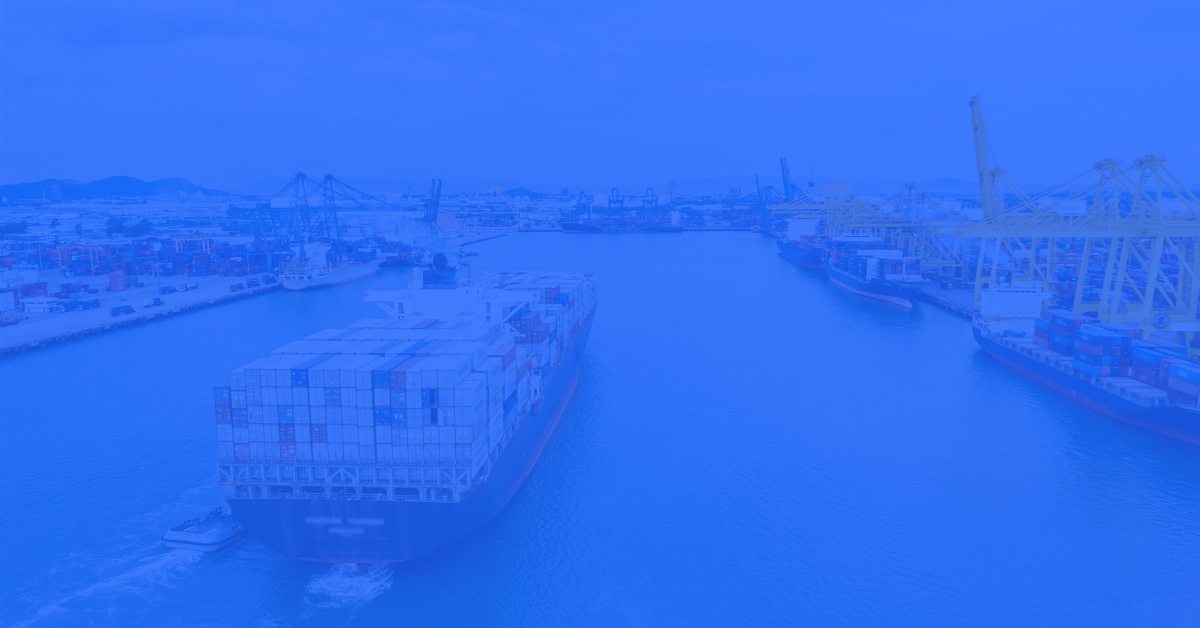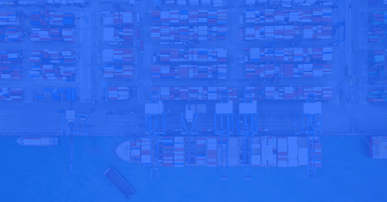The bad news/good news in trade continued unabated last week. With 100+ commercial vessels marooned between Los Angeles/Long Beach to Savannah to NY, American imports continue to set monthly records. Reuters reported last week the first-half 2021 import volumes enabled Los Angeles-Long Beach ports, America’s largest import gateway, to overtake Hong Kong as the world’s ninth-largest container port, while the US’s second-largest port complex, New York-New Jersey, rose to # 18, passing both Hamburg and Thailand’s Laem Chabang.
Alphaliner added that Los Angeles-Long Beach volume was up 41% first half 2021 vs. first half 2020; 10.18m TEU, compared with 7.19m TEU last year. NY/NJ was almost as impressive; increasing 31%; first half 2021 vs. 2020.
Globally, however, the increase in container volume is considerably less than the American numbers, with the leading analysts differing on expected 2021 results. Our friends at Splash reports CTI Consultancy saying they see global box growth of 8-9%, Maersk 7-8%, Clarkson’s Research Services 6.3%, with Alphaliner the low forecast of 5.8%.
Additionally, Alphaliner noted the world’s top 20 ports are seeing 13% more 20’ boxes first half of 2021 vs. 2020; which we view as a result of shippers and their clients taking two available 20’ boxes over non-available 40’ boxes. Annoying? Surely, but two 20’s are better than no 40’.The carriers are happy to oblige; with both a 20’ and 40’ box assessed a US$ 3,500 or more surcharge; the carriers happily pocket an additional $ 3,500+ for every 20’ shipped.
A look at our platform offers some interesting reveals, one being the surcharges demanded are even more outrageous for EU/UK-destined cargo than the US; a max of US$ 4,000 vs. a max of $ 3,500. Another is that 20’ rates export China are substantially higher to the EU/UK than the USWC; while Dec 31-Sept 24 Shanghai – LA/LB rates are up 90%; Dec 31-Sept 24 Shanghai-Hamburg is up 125%, with Shanghai-North Europe Main are up 131% (all less surcharges).
The important question, then, is for how long can the American buying boom continue – and can the port and onward delivery problems be resolved?
The economic issue has already been addressed by Federal Reserve Chairman Jerome Powell and Secretary of the Treasury Janet Yellin. Both are well aware of America’s rising prices and subsequent inflationary pressure and have repeatedly spoken on the plans to increase interest rates in order to maintain the economic recovery. Finally recognizing that rates cannot permanently remain at close to zero, Wall Street seems to be on board with their plans.
The supply chain problems, however, are proving far more difficult.
The mismatch between surging import volumes and an overwhelmed transport network is beginning to stifle the recovery. Citing the continuing supply chain problems, Goldman Sachs earlier this month cut its fourth-quarter economic growth forecast from 6.5 percent to 5.5 percent. Retailers’ inventories are near a 30-year low and toymakers and other retailers are urging consumers to shop now for their holiday gifts.
The Biden Administration is very cognizant of the issue and is struggling to ease congestion in the nation’s freight system, as mounting backlogs, higher prices, and increasing product shortages threaten America’s hopes for a smooth economic recovery.
As the tsunami of imports continues to clog the ports, ships are back-logged off both coasts and the US Gulf. Once landed, the docks and railroad terminals are jammed with shipping containers as railroads, trucking companies, and warehouses complain they can’t find enough workers and chassis’s to keep the boxes moving.
To unscramble the SCM omelet, the White House recently named John Porcari, former chairman of the Maryland Port Commission, as the Port Envoy to the Administration’s Supply Chain Disruptions Task Force. Established this past June, the goal is to return the supply chain to its pre-Covid efficiency.
Porcari’s first achievement was to push the LA/LB port complex to add nighttime and weekend hours so trucks could more easily collect and deliver containers. However, getting the many stakeholders to work together will be challenging. The lack of drivers remains a huge problem; some 30% (1,800) trucking slots nightly remain unused. Terminal rules currently require truckers to bring a container, often belonging to a selected owner, continue to slow truckers, as do the warehouses still operating under the previous schedules and remain closed nights/weekends.
Until and unless these logistical issues are resolved, and American buying patterns return somewhat to pre-Covid levels of fewer goods and more services, the American holiday buying season may be starting months earlier than the last Thursday in November’s famous Black Friday. Box rates, of course, will continue to climb.







